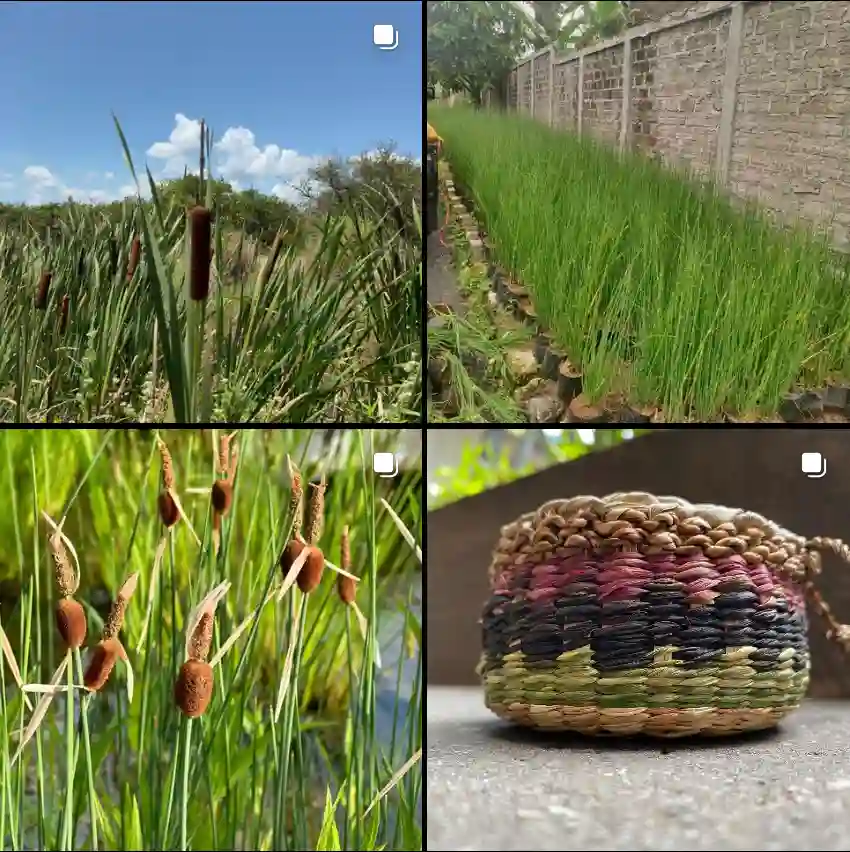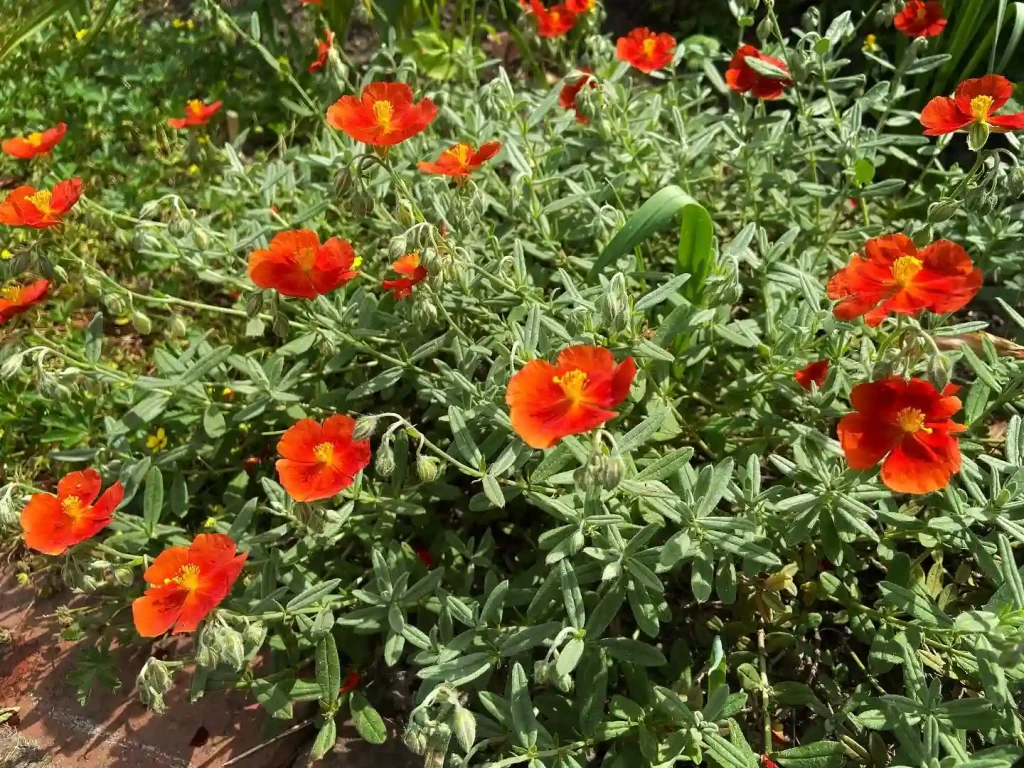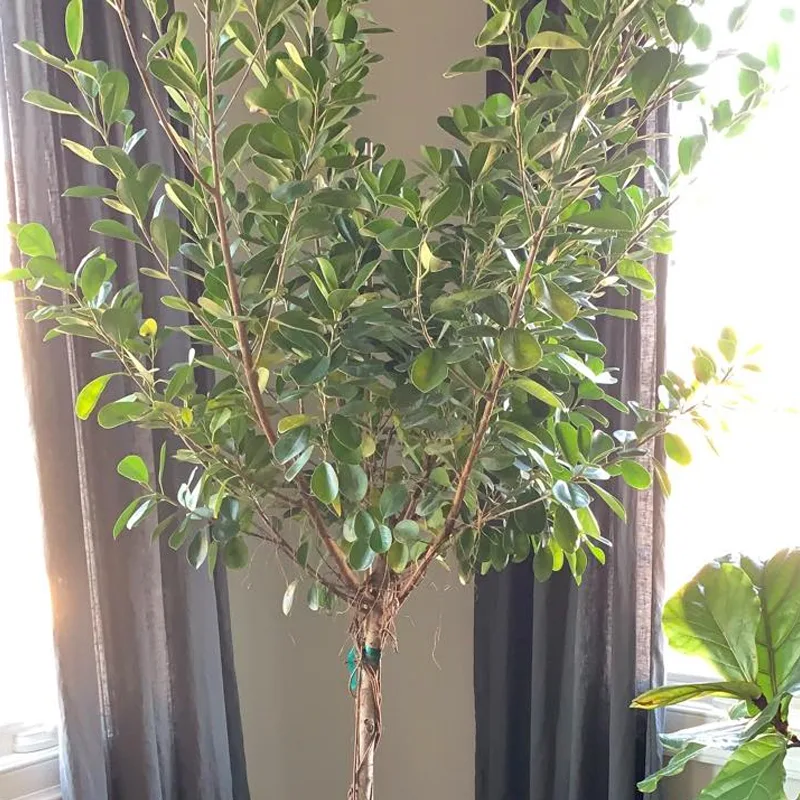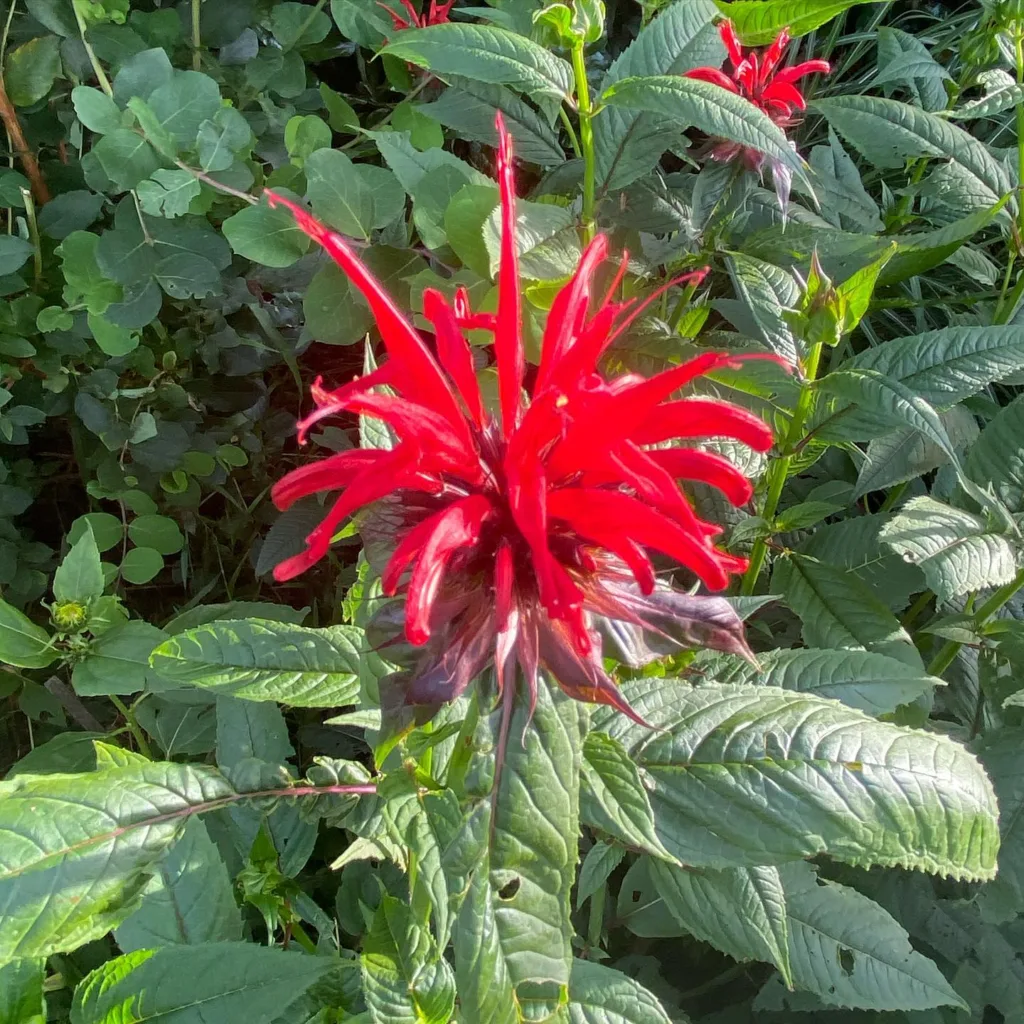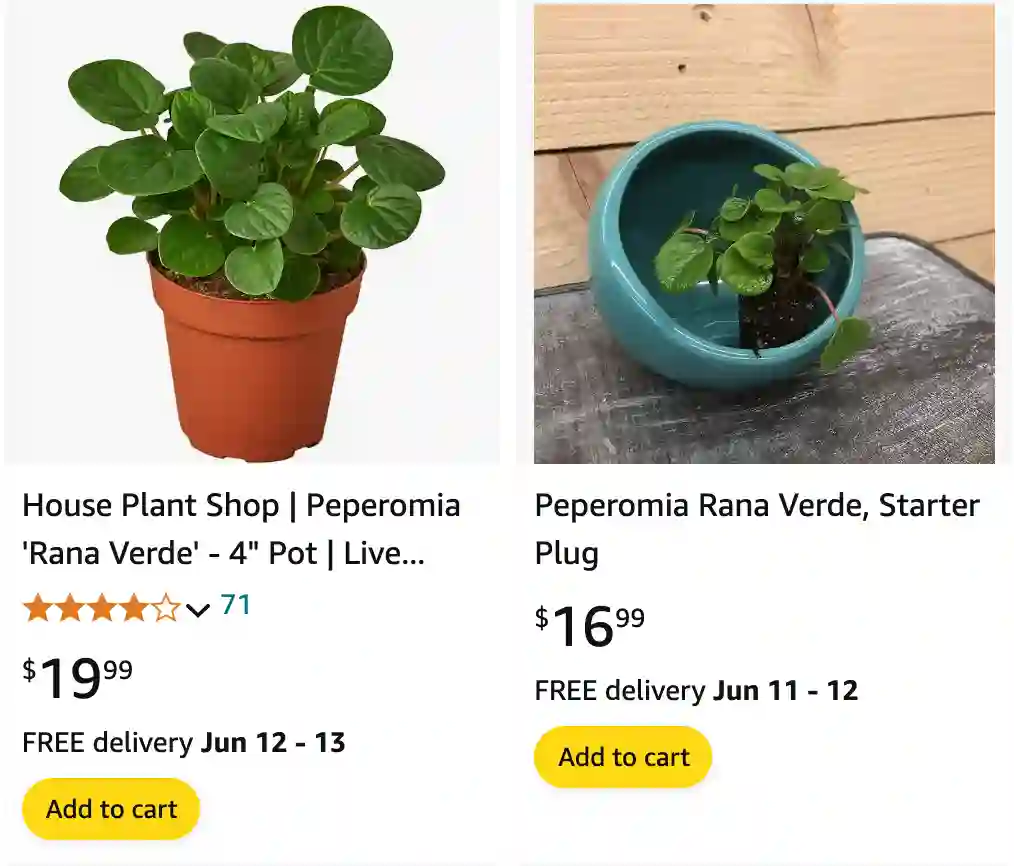
What is Peperomia Rana Verde?
My love affair with houseplants started with a tiny pot holding a Peperomia Rana Verde. Captivated by its rippled, heart-shaped leaves boasting a vibrant emerald hue with contrasting white veins, I knew I had to give it a forever home. But what initially drew me in with its aesthetics quickly blossomed into a fascination with its resilience and ease of care.
Over the years, my Rana Verde has not only thrived but also grown considerably. Witnessing its transformation from a petite sprout to a full-fledged little bush has been incredibly rewarding. Now, with a collection of Peperomia varieties under my belt, I often find myself fielding questions from fellow plant enthusiasts about this captivating little plant. So, buckle up, because I’m here to share the secrets to keeping your Peperomia Rana Verde flourishing!
1424 Species in Genus Peperomia
How to care for Peperomia Rana Verde?
Finding the Perfect Spot: Light and Location
Unlike its dramatic-looking carnivorous cousins, the Peperomia Rana Verde prefers a life away from the spotlight. Think dappled sunlight filtering through leaves or a brightly lit spot away from the direct sun’s harsh rays. Harsh light can scorch the delicate leaves, leaving unsightly brown patches.
While it thrives in bright, indirect light, the Rana Verde is surprisingly adaptable. It can tolerate lower light conditions, though growth might slow down a bit. So, if your living space leans towards the dimmer side, fret not! Your Rana Verde will likely soldier on, albeit at a slightly slower pace.
Watering Wisely: The Key to Avoiding a Soggy Mess
One of the biggest downfalls for new plant parents (myself included in the early days) is overwatering. Peperomias, including the Rana Verde, despise soggy feet. They prefer their soil to be evenly moist, but not waterlogged. Imagine a comfortably damp sponge – that’s the ideal moisture level for your Rana Verde’s roots.
Here’s my foolproof method: stick your finger about an inch into the soil. If it feels dry to the touch, it’s watering time! If there’s even a hint of moisture, hold off for a day or two and check again. Remember, underwatering is easily rectified with a good watering, but overwatering can lead to root rot, a much more serious issue.
Feeding Frenzy: When (and When Not) to Fertilize
Peperomia Rana Verde isn’t a heavy feeder. A balanced, diluted liquid fertilizer applied once a month during the spring and summer growing season is more than enough to keep it happy. During the fall and winter, when growth naturally slows down, feeding can be stopped altogether.
Happy Place: The Ideal Potting Mix
The right potting mix is crucial for good drainage, which is essential for preventing root rot. A well-draining potting mix specifically formulated for houseplants is your best bet. If you’re feeling adventurous, you can create your own by mixing equal parts potting soil, perlite (a volcanic rock that promotes aeration), and orchid bark.
Keeping it Stylish: Repotting Your Peperomia Rana Verde
As your Rana Verde matures, it might outgrow its current pot. Signs to watch for include roots circling the pot’s drainage hole or the plant becoming top-heavy. When this happens, choose a pot that’s just one size larger than the current one. Repotting during spring is ideal, as the plant is actively growing and can recover from the process quickly.
Propagating Perfection: Sharing the Rana Verde Love
The beauty of the Peperomia Rana Verde is its ease of propagation. You can create new plant babies from leaf cuttings or stem cuttings.
For leaf propagation, choose a healthy, mature leaf. Cut it off at the base of the petiole (the stalk connecting the leaf to the stem). Plant the petiole end of the leaf in a moist, well-draining potting mix. Keep the soil consistently moist and provide bright, indirect light. With patience, you’ll see tiny new leaves emerge in a few weeks.
Stem propagation is another option. Cut a healthy stem section with at least two nodes (the bumps where leaves grow). Remove the lower leaves and plant the stem in a moist potting mix. Similar to leaf propagation, ensure the soil stays evenly moist and provide bright, indirect light. Roots should develop within a few weeks, and new growth will follow shortly.
Living in Harmony: Peperomia Rana Verde Companions
The compact size and stunning foliage of the Peperomia Rana Verde make it a versatile houseplant. It can thrive on its own as a stunning centerpiece on a desk or shelf, or it can be grouped with other low-light loving plants like ZZ plants, snake plants, or ferns to create a lush indoor jungle.
Troubleshooting Common Peperomia Rana Verde Issues
While a relatively low-maintenance plant, even the best Rana Verde caretaker might encounter the occasional hiccup. Here’s a quick guide to diagnosing and resolving some common issues:
- Droopy Leaves: This can be a sign of underwatering. Give your plant a thorough watering and allow the excess water to drain freely.
- Yellowing Leaves: This could indicate overwatering or a lack of light. Check the soil moisture and adjust your watering schedule accordingly. If the light seems insufficient, consider moving your plant to a brighter location with indirect sunlight.
- Brown or Crispy Leaves: This is usually caused by excessive direct sunlight or underwatering. Reduce exposure to harsh rays and ensure the soil receives regular watering but dries out slightly between waterings.
- Leggy Growth: This typically occurs when the plant isn’t receiving enough light. Move your Rana Verde to a brighter spot with indirect light.
By following these simple tips, you can ensure your Peperomia Rana Verde thrives for years to come, bringing a touch of verdant charm to your indoor space. With its low-maintenance nature and captivating beauty, the Rana Verde is a true gem for plant enthusiasts of all experience levels. So, why not add this delightful little plant to your collection and experience the joy of nurturing a truly rewarding houseplant companion?
If i die, water my plants!
